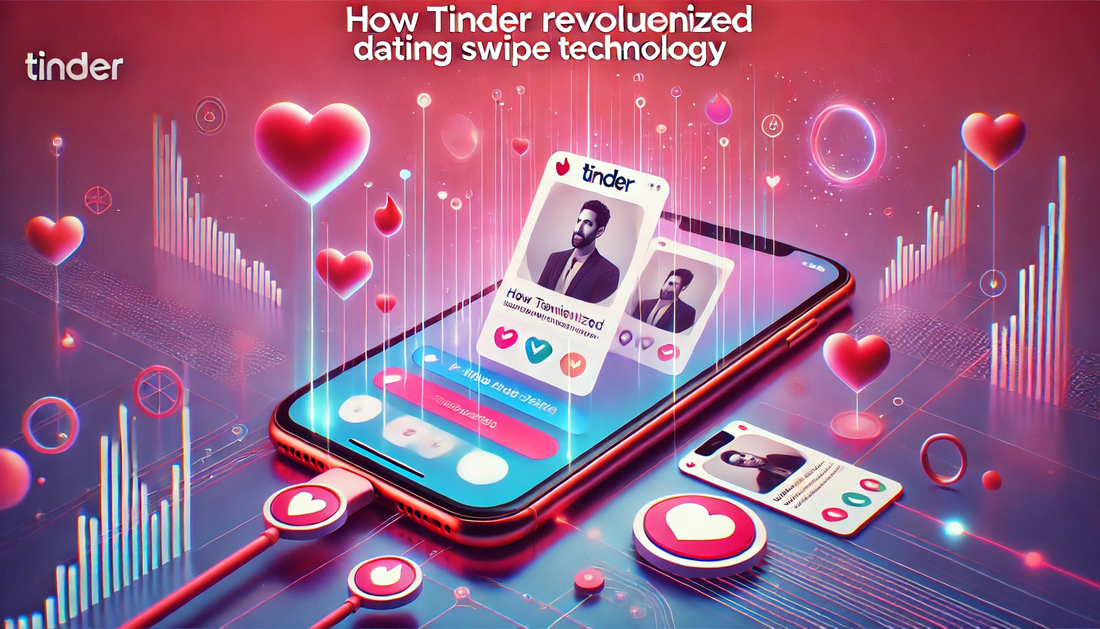In the world of digital dating, Tinder stands as a beacon of innovation. Its introduction of swipe technology transformed how people connect. For startup founders, understanding Tinder's success offers valuable insights into creating disruptive products.
Tinder launched in 2012, amidst a crowded dating app market. Yet, it quickly rose to prominence. The secret? A simple, intuitive user interface that made dating feel like a game. The swipe feature was a game-changer.
Swipe technology is Tinder's hallmark. It allows users to express interest or disinterest with a simple gesture. This innovation streamlined the dating process, making it more engaging and less cumbersome.
For startups, the lesson is clear: simplicity sells. Tinder's success underscores the importance of user-friendly design. When developing a product, prioritize ease of use. Complex features can deter users.
Another key takeaway is the power of gamification. Tinder turned dating into an addictive game. Swiping left or right became a fun, engaging activity. This kept users coming back, increasing app engagement.
Startups can replicate this by incorporating game-like elements into their products. Gamification can enhance user experience, boost retention, and drive growth. Consider leaderboards, rewards, or challenges to engage users.
Tinder also leveraged social proof to build trust. By integrating with Facebook, it ensured users were real people. This reduced the risk of fake profiles, enhancing user confidence in the platform.
For startups, building trust is crucial. Consider ways to verify users or showcase testimonials. Social proof can significantly impact user perception and adoption of your product.
Another aspect of Tinder's success is its focus on mobile-first design. In an era where smartphones dominate, Tinder optimized its app for mobile use. This ensured a seamless experience for users on the go.
Startups should prioritize mobile optimization. Ensure your product is accessible and functional on mobile devices. A mobile-first approach can expand your reach and improve user satisfaction.
Tinder's marketing strategy also played a pivotal role. It targeted college campuses, creating a buzz among young adults. This grassroots approach helped it gain traction quickly.
For startups, identifying and targeting a niche audience can be effective. Focus on a specific demographic to build a loyal user base. Tailor your marketing efforts to resonate with this group.
Moreover, Tinder's data-driven approach fueled its growth. It analyzed user behavior to refine its algorithms and improve matchmaking. This data-centric strategy enhanced user experience and satisfaction.
Startups should harness the power of data. Use analytics to understand user behavior and preferences. This can inform product development and marketing strategies, leading to better outcomes.
Tinder's journey also highlights the importance of adaptability. It continuously evolved, adding features like Super Likes and Tinder Boost. This kept the app fresh and relevant in a competitive market.
For startups, staying adaptable is key. Be open to feedback and willing to pivot. Continuously innovate to meet changing user needs and market trends.
Finally, Tinder's success story is a testament to the power of bold ideas. It dared to challenge the status quo and redefine dating. This boldness set it apart and fueled its meteoric rise.
For startup founders, embracing bold ideas can lead to breakthrough innovations. Don't be afraid to take risks and challenge conventions. This mindset can drive your startup to new heights.
In conclusion, Tinder's revolution of the dating scene offers valuable lessons for startups. By prioritizing simplicity, gamification, trust, mobile optimization, targeted marketing, data-driven strategies, adaptability, and boldness, startups can replicate its success.
As you embark on your entrepreneurial journey, let Tinder's story inspire you. With the right strategies, your startup can disrupt industries and create lasting impact. The next big innovation could be just a swipe away.










